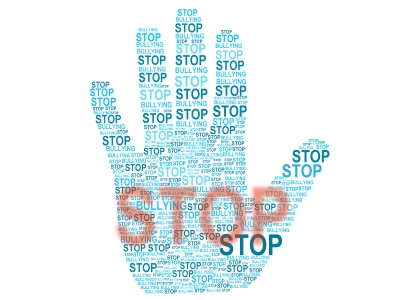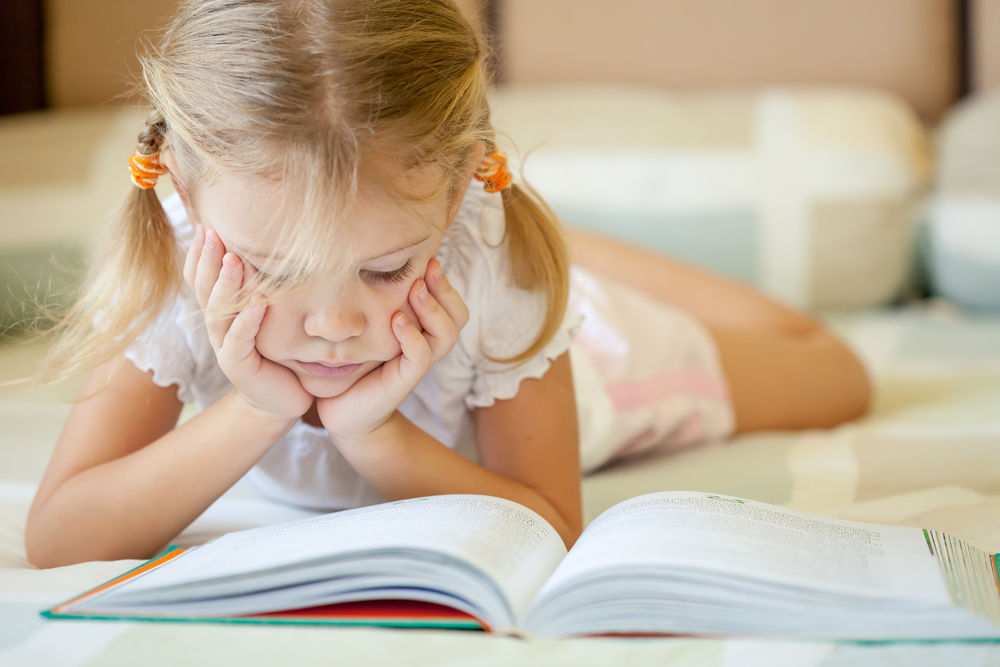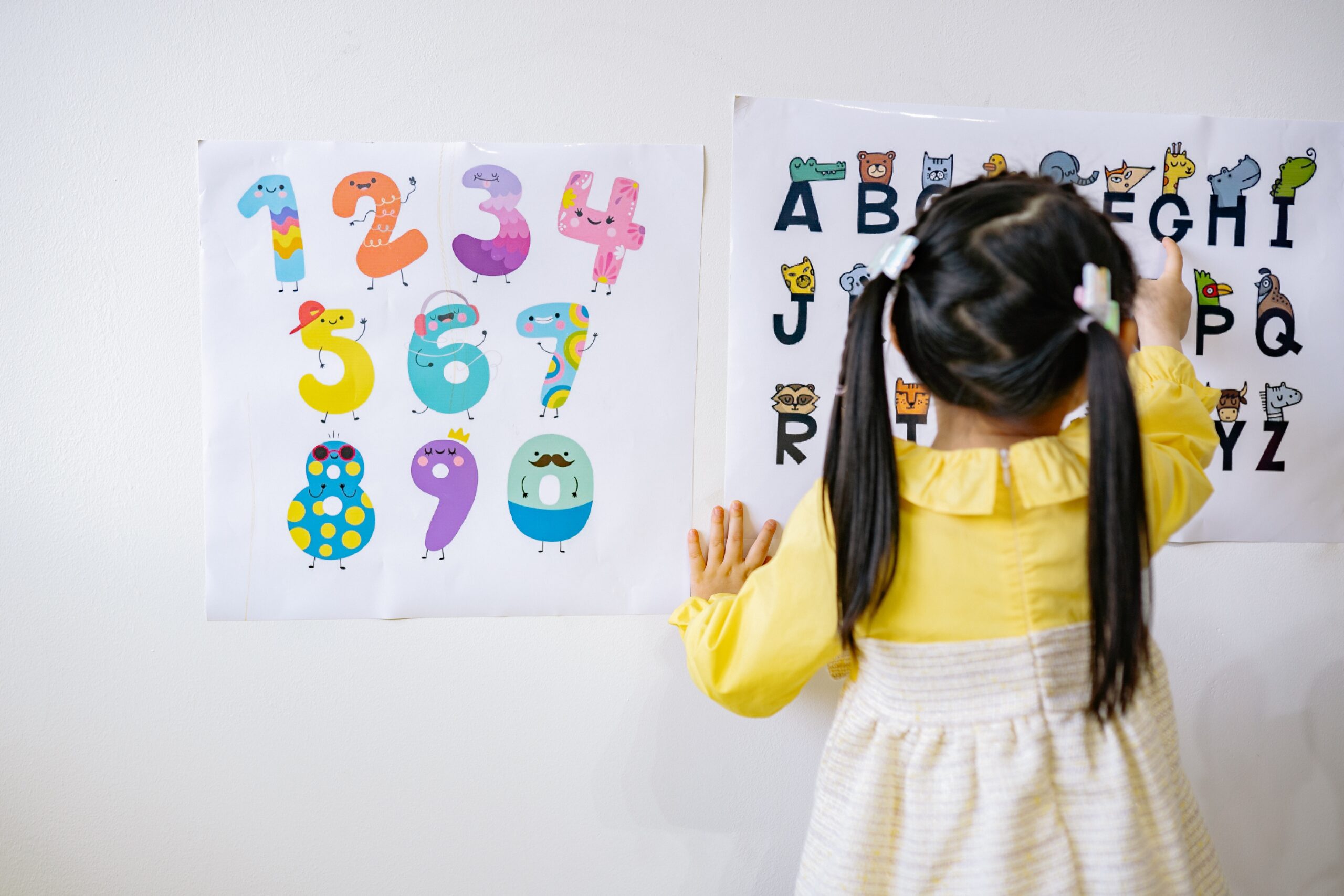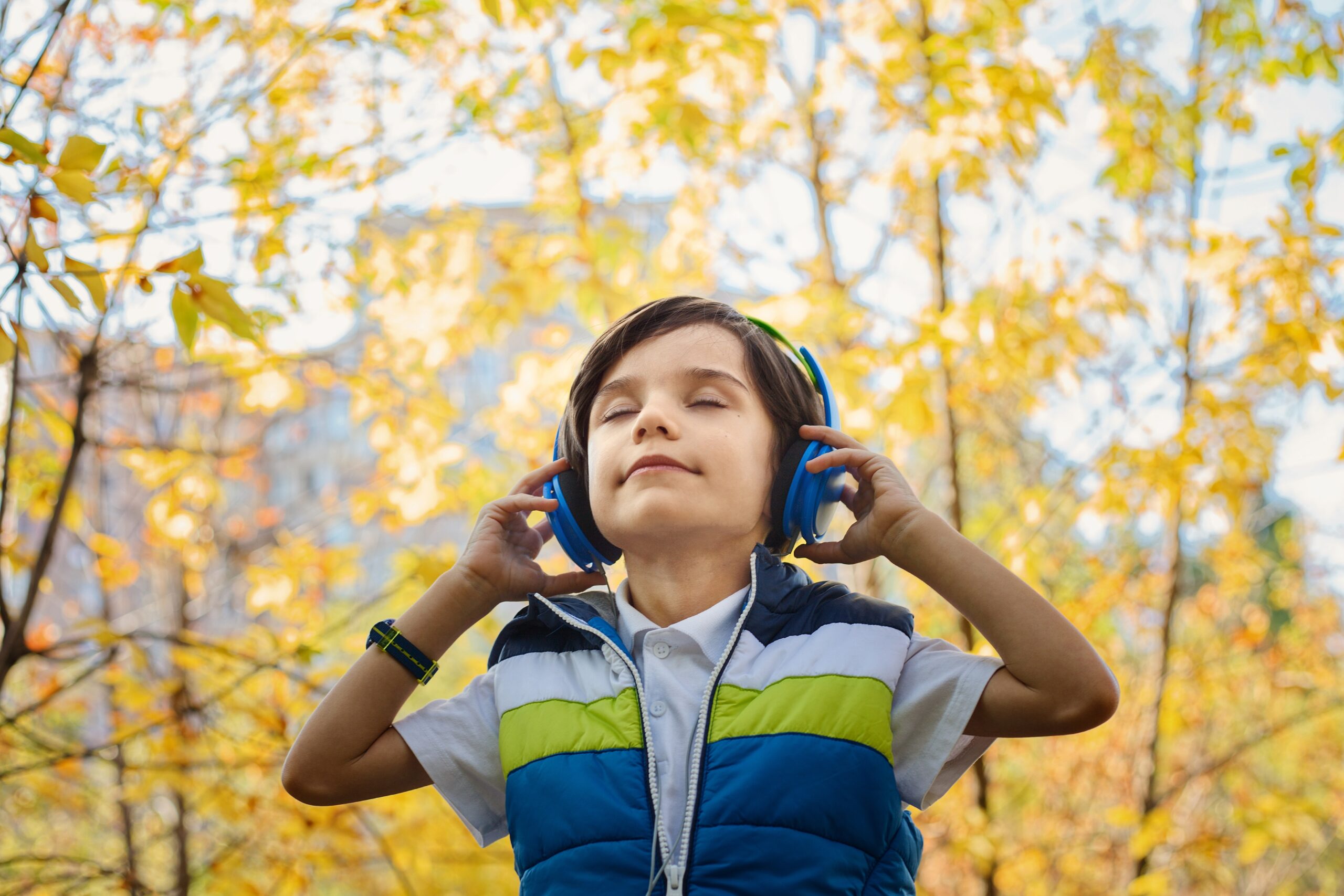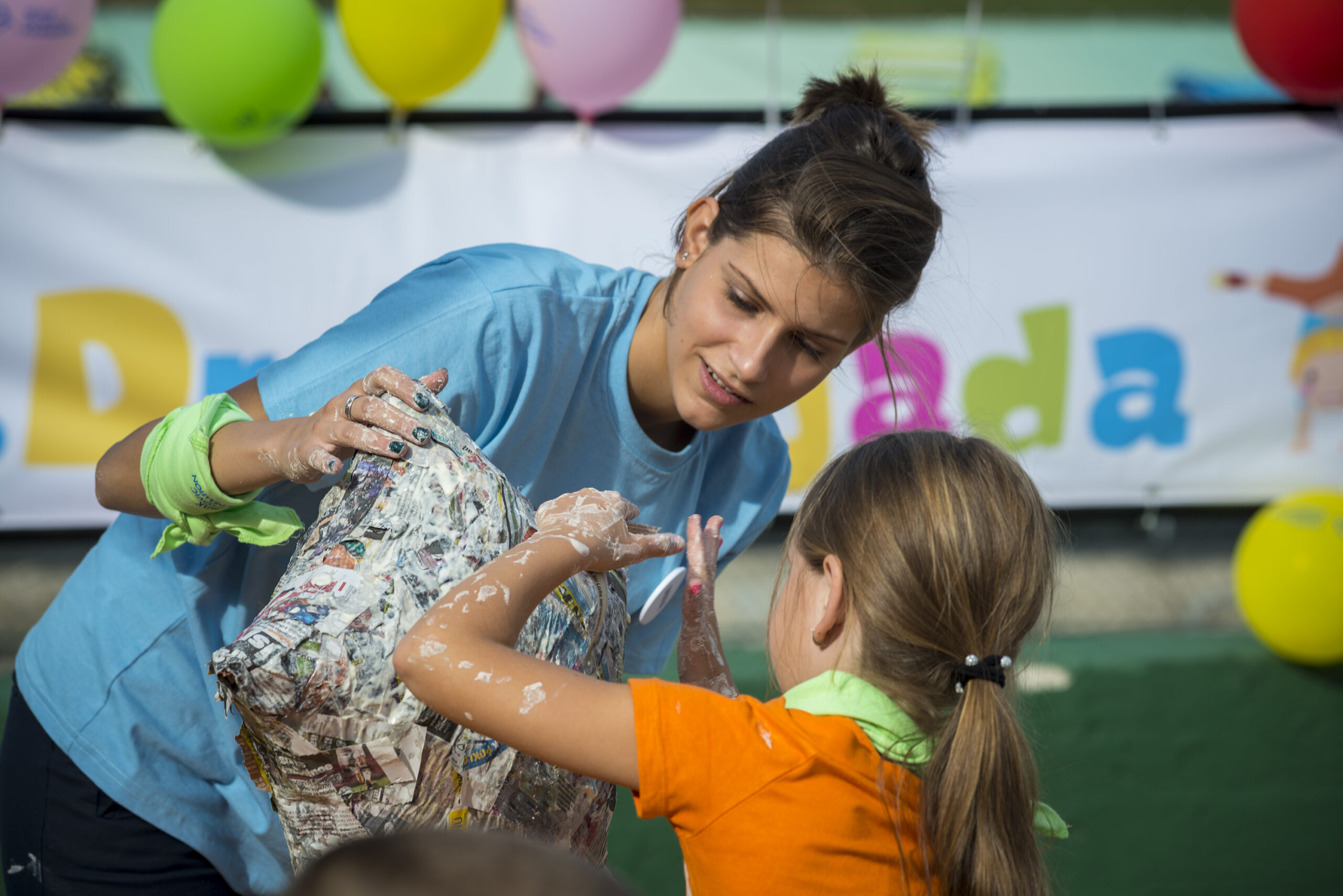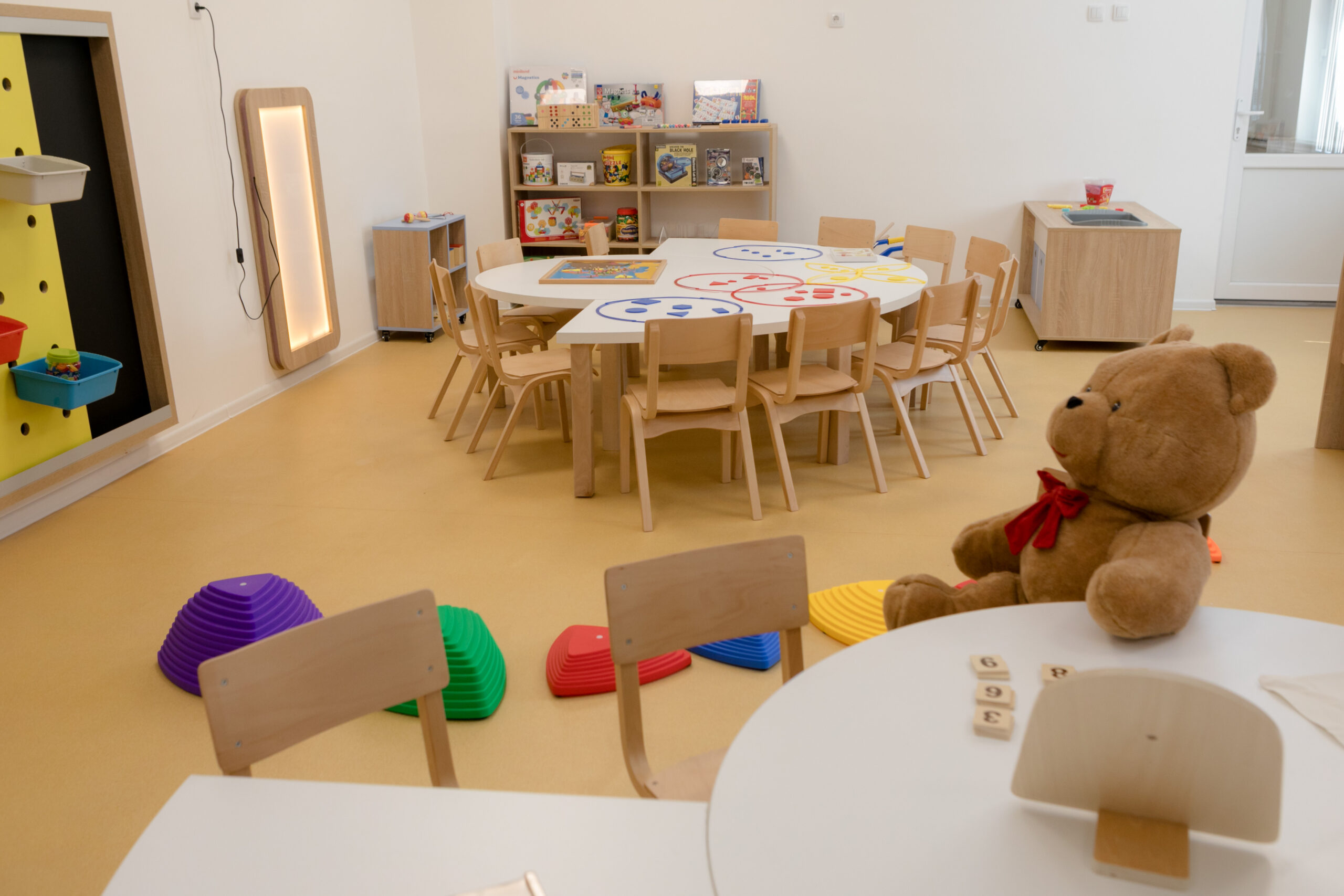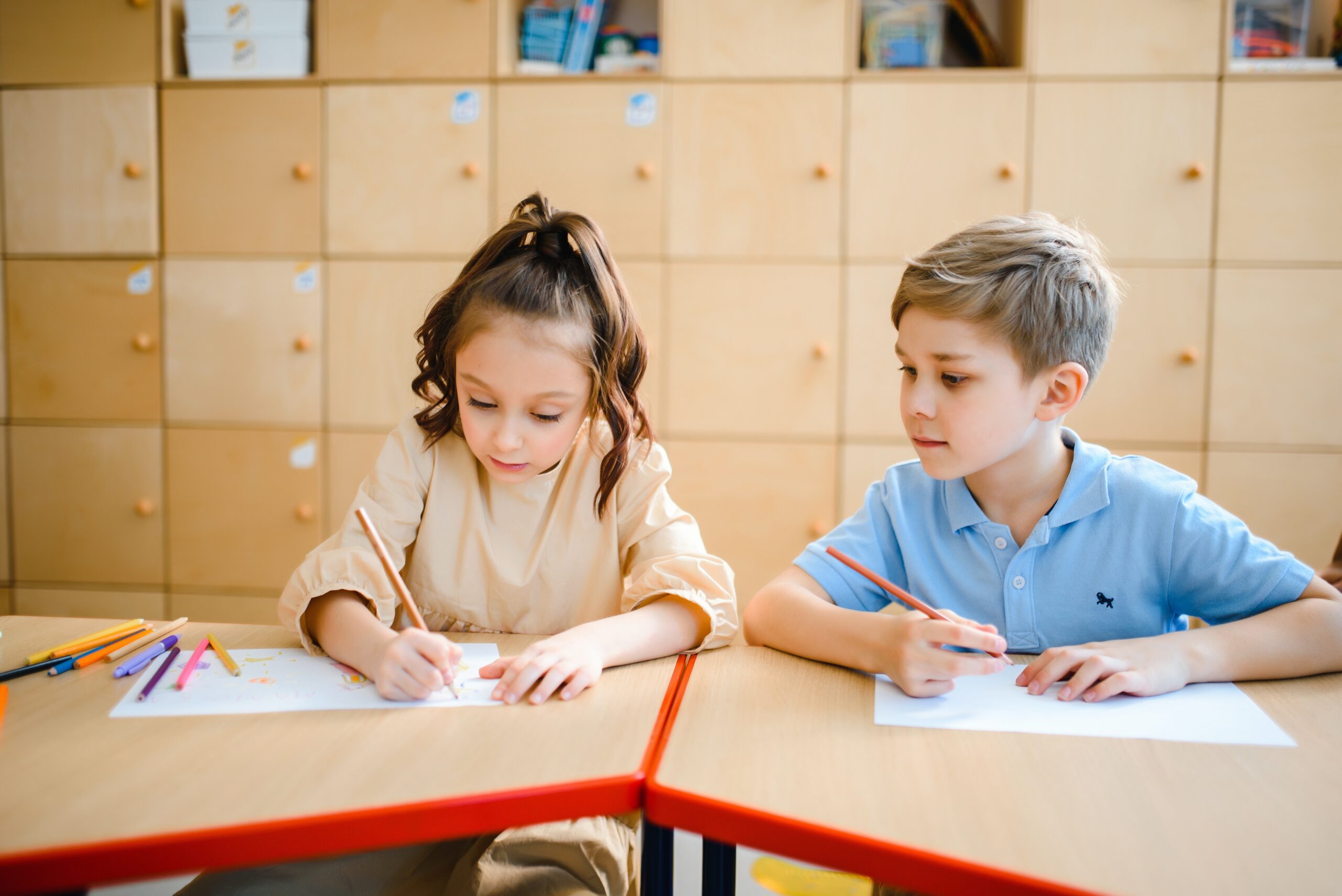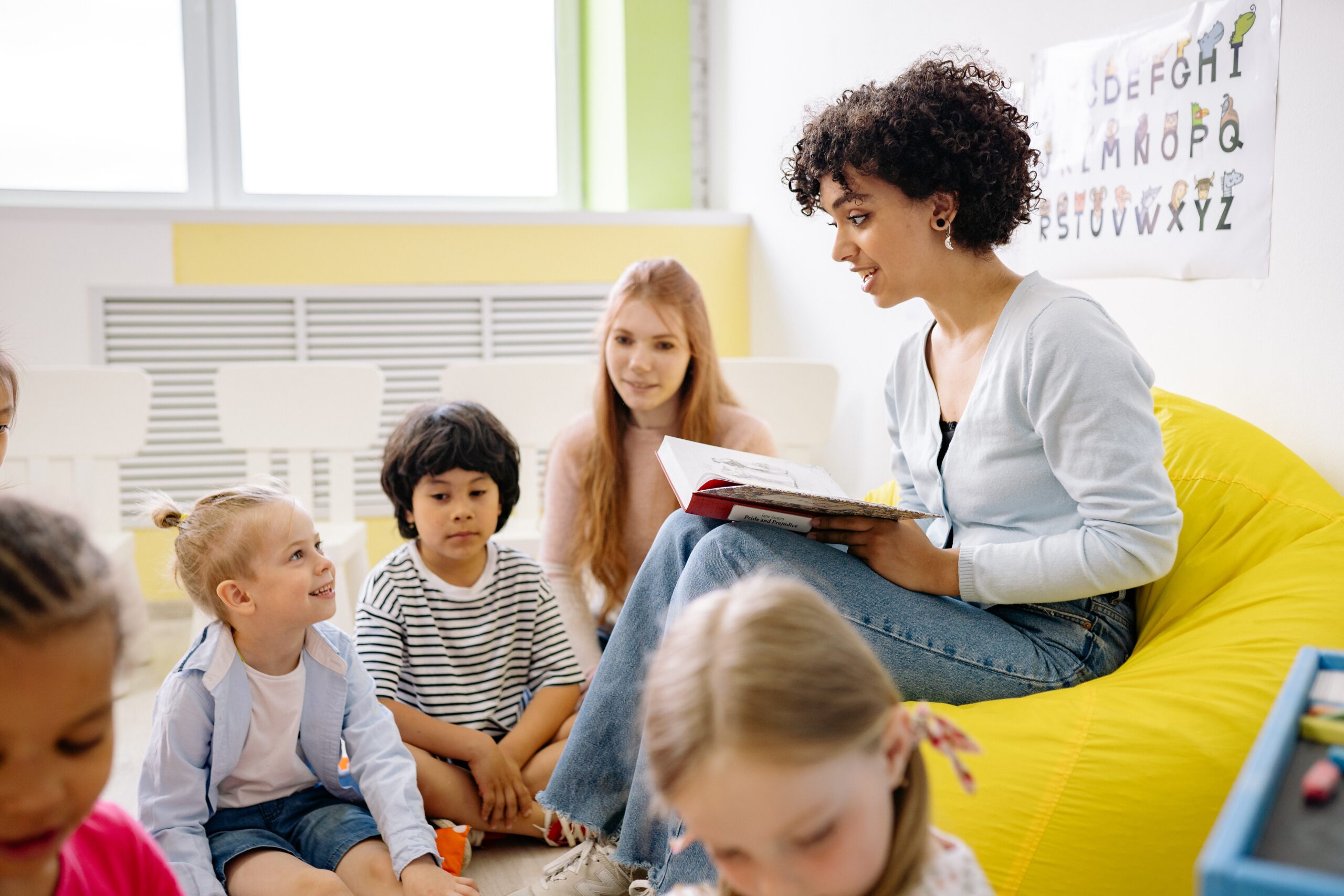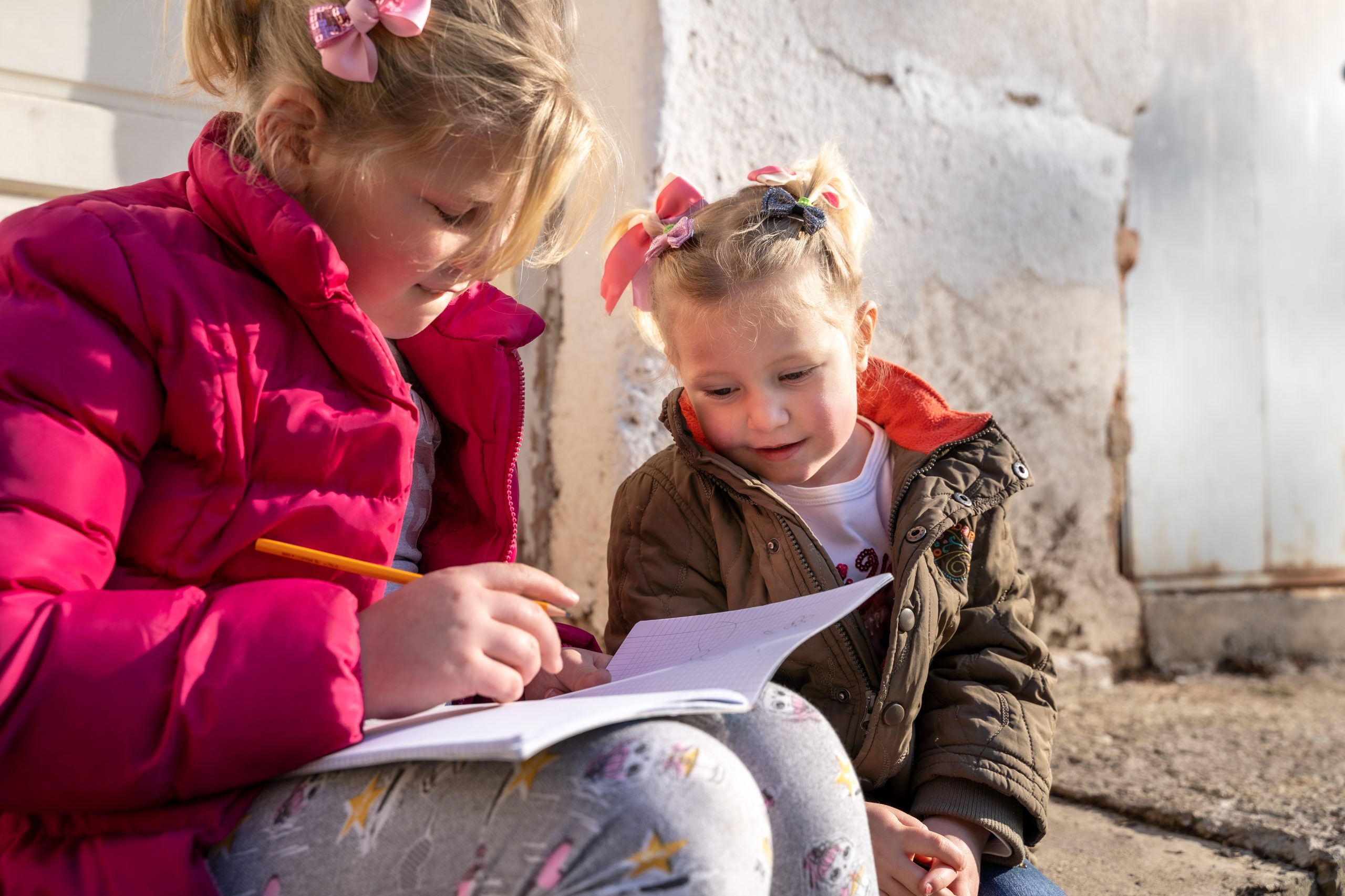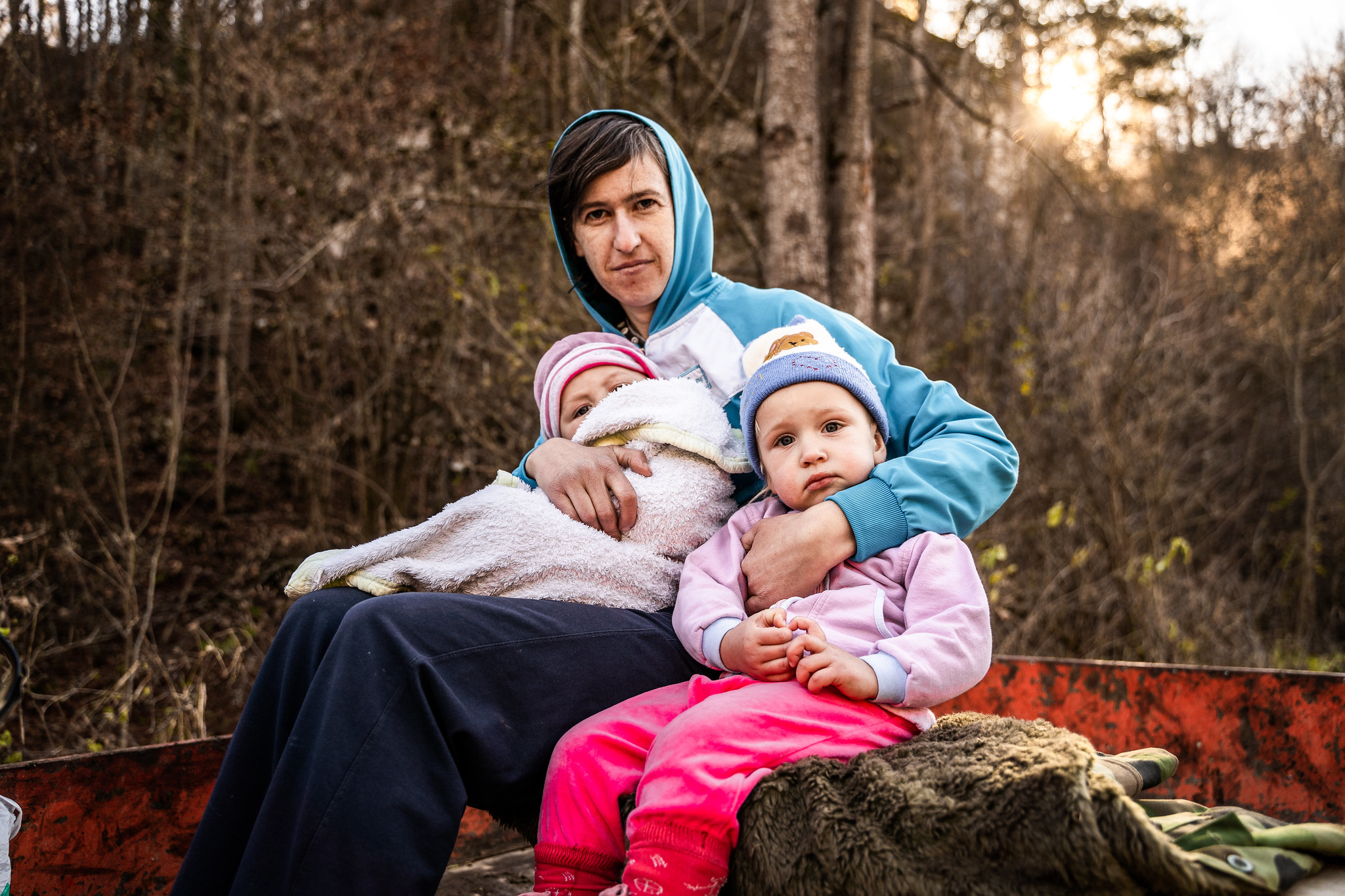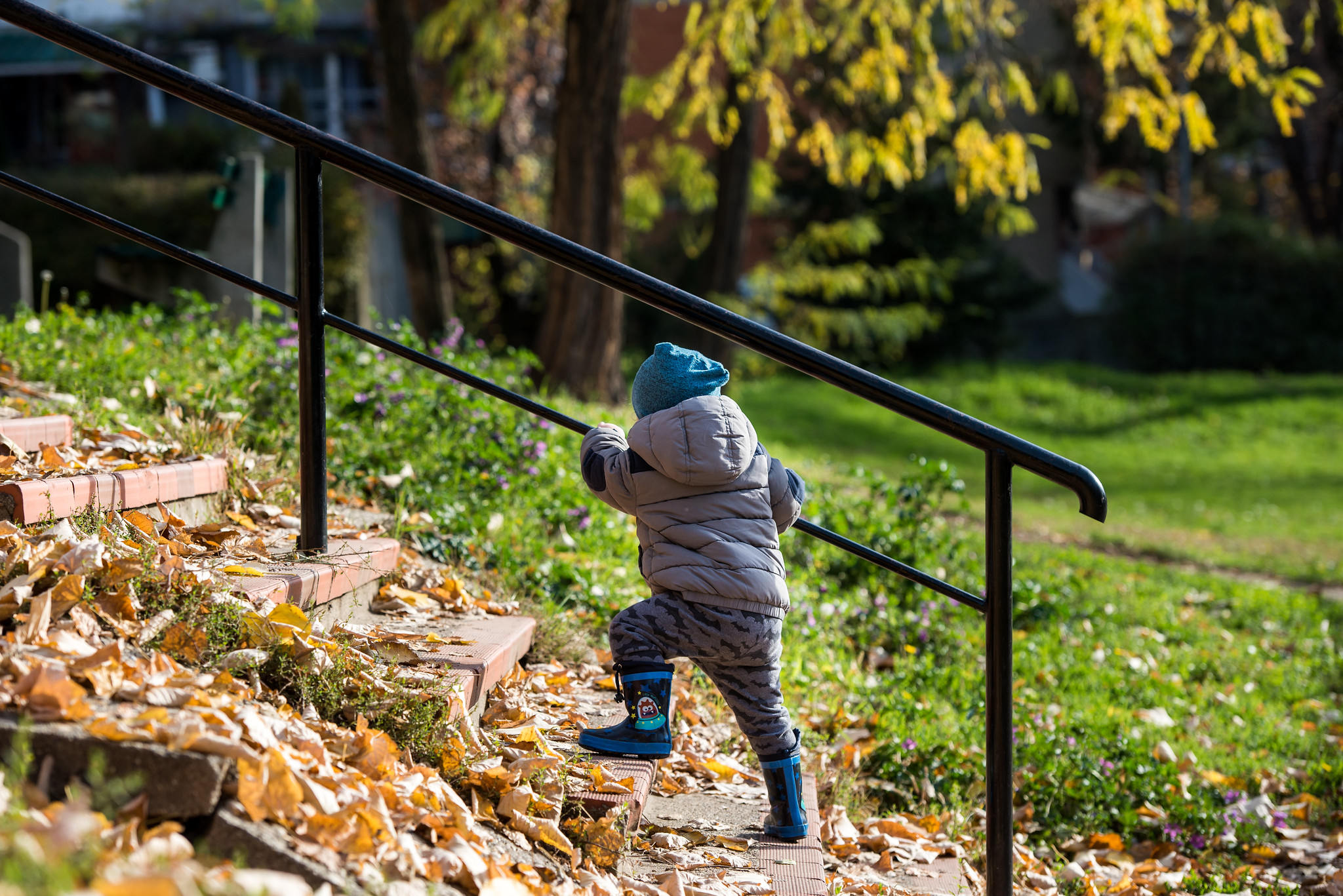School has a very important role in child’s life. It’s the place where children enter a whole new world of knowledge, gain a lot of friends and experiences about themselves and others.
Sometimes schools have to go through certain unpleasant situations, which are generally associated with violence among school children. As family members, friends or teachers, it’s important for us to recognize such violence and to work together to make school a safe and enabling environment for children where differences among pupils are respected and appreciated.
School violence has become a serious problem in many countries in recent decades. This problem is more or less present in every society. When talking about school violence, the first thing to mention is verbal bullying, which is so common among school children. Intimidation, humiliation, mocking, name calling and making treats are just some forms of verbal bullying. A child who is an introvert, and feels insecure due to mean and rude things peers are saying about him, may become even more shy and reserved, lose faith in its capabilities, and grow into a person fighting against insecurity. Such a child may refuse to accept new challenges, fearing that it will not be able to fulfill expectations and be successful. Fear of failure limits these children to achieve their full potential, not only in further education, but also in everyday situations. Mockery, for instance, is one of the problems for kids. It often occurs that children who are excellent pupils and who are very dedicated to school are exposed to mockery and rejection by their peers. Sometimes it happens that children intentionally start to get bad marks just to be accepted and popular among their classmates. Different interest, habits, dress style, way of talking, skin colour are some of the reasons why kids may become victims of verbal bullying.
When it comes to physical violence, typical examples include hitting, pushing, pinching, kicking, spitting. Physical violence also involves grabbing and destroying things, gestures and contacts that are not physically painful for the abused kid (like grimace, contemptuous gaze, preventing a child to pass, body attitudes). However, these aggressive actions humiliate or hurt feelings of such kid. Unfortunately, there is more and more physical violence among school children lately, even among the pupils from the first few grades. Children who are socially withdrawn, insecure, less popular, depressed, anxious, kids who have only a few friends and do not fit in, children who are thought to be weak and incapable of selfdefence – are more exposed to violent behaviour at school.
 Gossiping, spreading lies, ignoring, avoiding and isolation from the group of peers are typical examples of social violence in school. As a result, children can grow into insecure adults with lack of self-esteem, those who prefer to withdraw and spend time alone rather than with friends. Such people do not trust others and their trust is very hard to gain. They have problems to control their feelings…
Gossiping, spreading lies, ignoring, avoiding and isolation from the group of peers are typical examples of social violence in school. As a result, children can grow into insecure adults with lack of self-esteem, those who prefer to withdraw and spend time alone rather than with friends. Such people do not trust others and their trust is very hard to gain. They have problems to control their feelings…
The development of technology has brought another form of violence, or rather it has created an environment where such behaviour can occur. Cyberbullying among peers is more prevalent and is manifested by sending photos, text or video messages in order to harm and harass a child. Nowadays children have access to extremely popular social networks which are frequently used as a tool for spreading violence. In a very short time they allow many people to see a photo or offensive comment. With just a click on the “Like” button children are able to express their opinion about the photos, announcements, other people thoughts… But, a child may feel discomfort because of various types of interaction on the Internet, which can be aggressive, intimidating and unpleasant. Furthermore, in the virtual environment it’s often difficult to discover the identity of the bully. There are many examples of such cyberbullying. This kind of violence can lead to more serious consequences for children.
For all the above mentioned, it’s extremely important to find out if your child, family member, friend or pupil is exposed to violence, and prevent it, if possible. Children are often afraid to report violence, whether they witness or experience violence. In most cases the problem is fear that by reporting violence they will be seen as “snitchers”. It leads to even greater abuse. Moreover, kids are not convinced that adults will be able to protect them, especially as violence takes place when children are not supervised. Therefore, joint action and support from peers and adults are equally important. However, permanent protection from violence can provide only an organized and systematic action at the community level (support for the victims, establishing clear rules, implementation of appropriate measures against bullying,…).
What can WE DO TO prevent school violence?
- Help children develop an awareness of the problem of violence as early as possible. Show them what are the consequences of being exposed to violent behaviour.
- Encourage children to report violence to their teachers, whether they are victims or they witnessed violent behaviour.
- Teach them not to respond to such behaviour by acting in the same way.
- Encourage them to support each other and together confront the problems they face with.
- If your child is shy, insecure, and doesn’t have many friends, involve him/her in some extracurricular activities that could interest him/her. This may enable them to develop their talents, meet new friends and gain confidence.
- The most important role of adults in reducing violence is prevention. Help your child learn how to express his/her emotions and respect emotions of other people.
Remember that you and other family members are role models to your children. They learn from the way you react to different situations and how you resolve misunderstandings. Later on, they use that knowledge in conflicts with their peers. If you treat your friends, neighbours and colleagues with respect, and if you are kind and polite, it’s more likely that your children will treat their friends in the same way.
An increasing number of schools participate in various programmes. The goal of these programmes is not only to reduce the current level of violence in schools, but also to prevent the occurrence of violent behaviour among new generations. Achieving this goal requires commitment of teachers, school staff, parents and the whole community. It is very important that we take this problem seriously and that every child and teacher can feel safe while being at school, so that fear from physical and emotional violence is eradicated. One of the steps is implementation and compliance with clear rules and measures against bullying. A growing number of schools in Serbia have begun implementation of the programme “School without Violence” in collaboration with UNICEF. For further information about this programme visit: http://www.unicef.rs/skola-bez-nasilja.html.
What do you think about school violence? How can we prevent it and how can we help children who feel rejected, lonely, insecure, scared and weak for being exposed to violent behaviour from their peers? How can we help them to regain courage, be proud of themselves and feel safe, motivated and happy?

